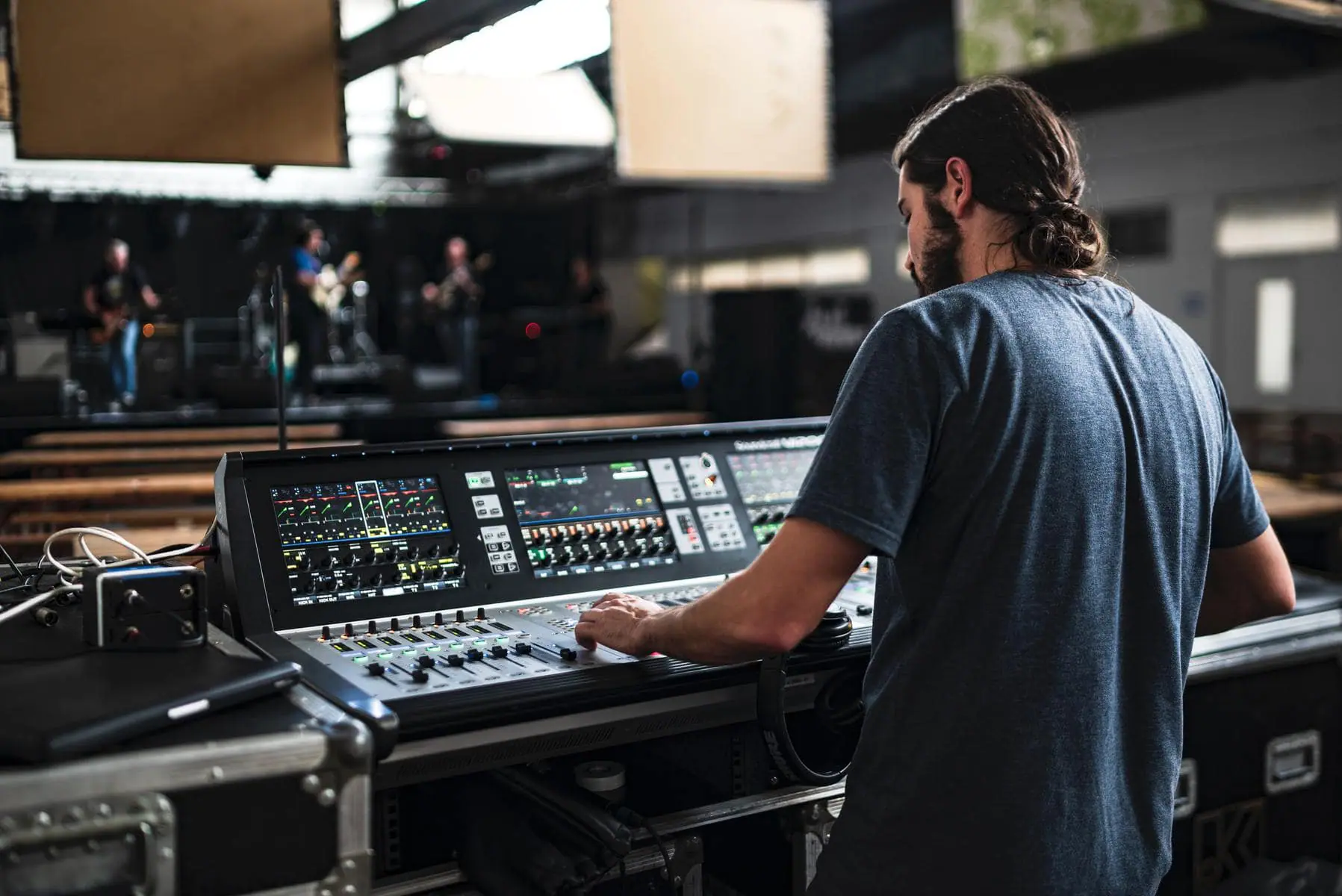Scratch tracks are a quick trick for getting better recordings in the long run.
Lay down a track or two that you know won’t make it in the final mix. Then you can ensure the whole recording process goes smoothly.
This guide will teach you how and when to use scratch tracks while recording.
What Is a Scratch Track?
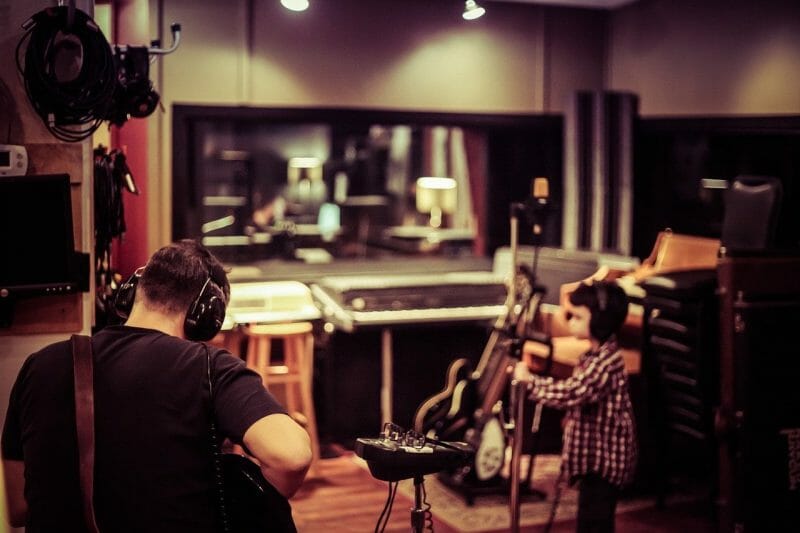
A scratch track is when you record a demo version of an instrument that you can overdub on top of.
They establish the tempo and structure of the song. So recording everything else is easier.
For example, certain lyrics might cue different drum fills. A scratch vocal recording will help the drummer stay on track.
Scratch tracks aren’t meant to go in the final mix. You’ll probably want to re-record the instrument to get a better performance.
Every now and then, a scratch take is so good, it stays.
When Do You Need a Scratch Track?
Most songs can benefit from some sort of scratch track. Here are some of the most common uses.
Recording Other Performers
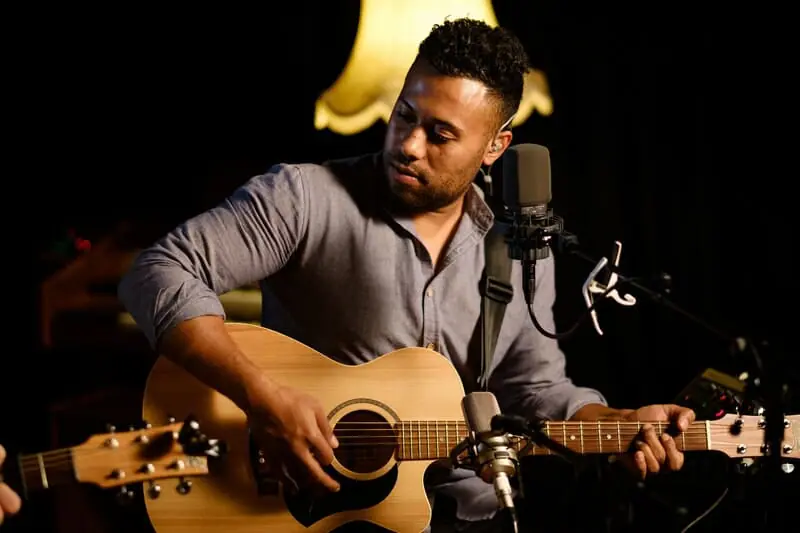
Whether you’re in a band or hiring instrumentalists, you’ll want a scratch track if you’re recording other people.
A metronome isn’t going to keep everyone on track.
Someone Else Is Producing

If someone else will be producing your track, you’ll want to give them a scratch track.
This gives them the opportunity to try out different ideas before you even get into the studio.
It also gives them a solid foundation for setting up the session. You don’t have to waste time finding the tempo and mapping out the structure when you go in to record the real thing.
Recording Without a Metronome
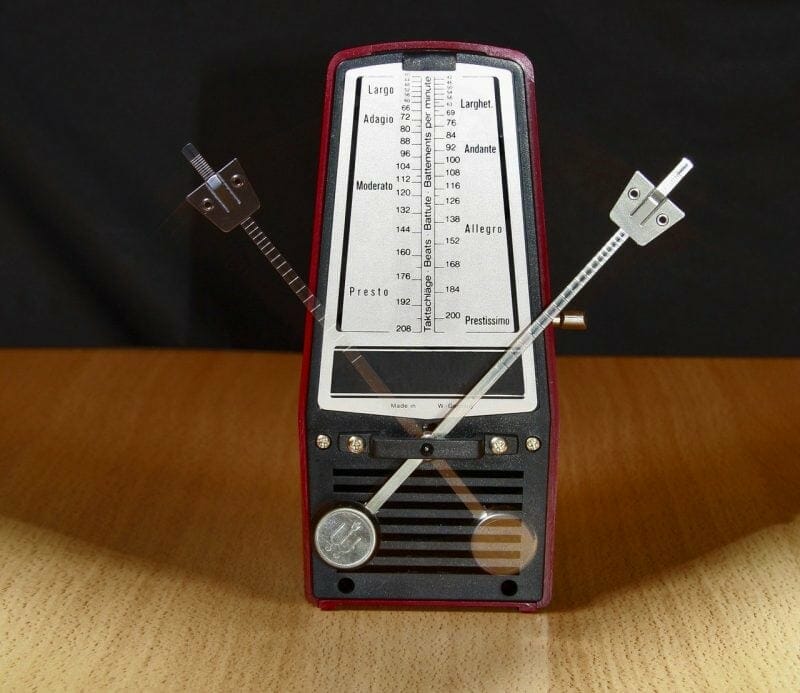
If you aren’t using a metronome while recording, you’ll probably want a scratch track.
Unless you’ve rehearsed the material to perfection, you may have trouble
Experimental Music

If you’re making experimental music, scratch tracks can be crucial.
If the song’s tempo or time signature changes, a metronome may not be enough to keep you in time.
The same goes for songs with weird structures.
Lay down a scratch piano or guitar to make sure you know exactly what’s going on.
Which Instruments Should You Record Scratch Tracks Of?
Not every instrument needs a scratch track. In fact, you probably just need one or two for any given song.
Pick instruments that are quick to record. Scratch tracks don’t need to be perfect, so you don’t want to spend too much time on them.
Vocals

Vocals are probably the most common scratch track. Since they’re the focal part of many songs, every other instrument needs to fit around them.
Without a scratch vocal, you might make some recording decisions that ultimately hurt the song.
For example, you may play a few more licks on the guitar that get in the way of the melody. Or you might dial in an amp tone that clashes with the vocal.
Guitar
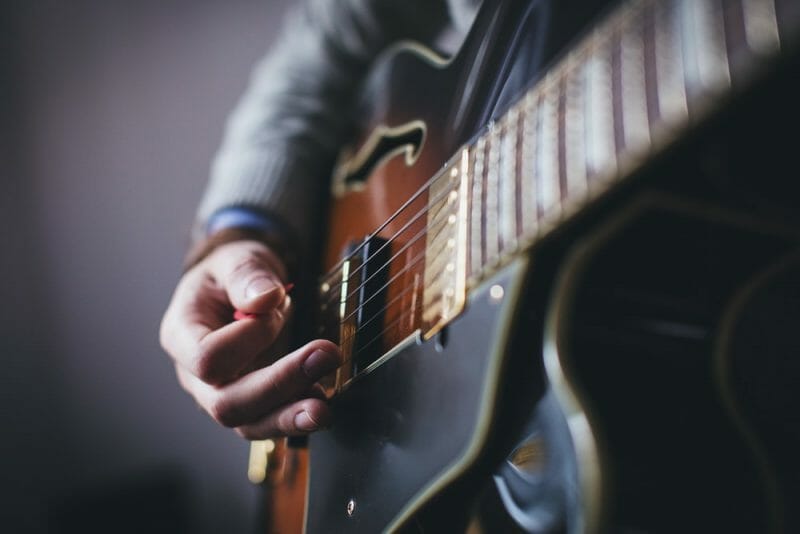
Guitar is probably the second most popular instrument for scratch tracks.
It establishes both the chord progression and the rhythm. So you have a strong foundation to build off of as you record other instruments.
Drums and bass often work in tandem with the guitar. A scratch track can help you make sure everything locks tightly in together.
Piano

Piano can be a great option for the same reason as guitar. It’s a firm foundation for tons of songs.
How to Record a Scratch Track
Recording scratch tracks is simple. But you’ll need a few pieces of gear first:
- Computer
- Audio interface
- Microphone
- DAW
These are the fundamentals for recording anything.
Just getting started? Low-cost options like Reaper and the Focusrite Scarlett 2i2 are worth checking out.
Since scratch tracks are made to be replaced, any mic will work. I recommend the Shure SM57. It’s cheap and reliable!
Once you’ve got all your gear, create a track in your DAW, arm it for recording, and start playing!
Scratch tracks don’t need to be perfect. It’s ok if you make a few mistakes.
As long as most of the notes are right and you’re in time with the metronome, you’re good to go.
That being said, performing scratch takes with passion and emotion can be helpful. After all, you want to be in the right mood when recording the other instruments!
It’s up to you how long you use the scratch track. But you’ll probably want to mute it when recording the instrument in the scratch recording.
Conclusion
Scratch tracks are a simple solution for problems that can plague your song from start to finish.
Spare yourself from headaches and wasted time by laying down a simple scratch track.


